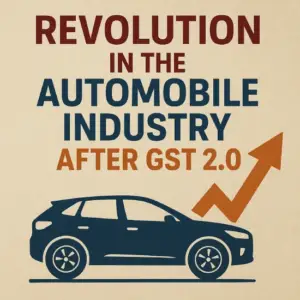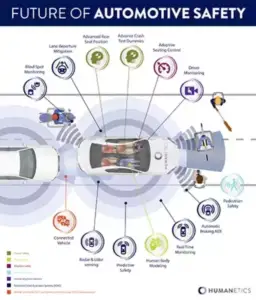Autonomous driving technology is revolutionizing the transportation industry. With the integration of artificial intelligence (AI), machine learning, and advanced sensor systems, self-driving cars are no longer just a futuristic concept; they are an emerging reality. This article delves into the progress made in autonomous driving, its potential benefits, and the challenges that need to be addressed for widespread adoption.
What is Autonomous Driving?
Autonomous driving refers to the capability of a vehicle to operate without human intervention using advanced technologies such as:
- AI and Machine Learning: For decision-making and predictive analytics.
- Lidar and Radar Sensors: To detect obstacles and navigate traffic.
- High-Definition Cameras: For real-time object recognition.
- GPS and Mapping Systems: For precise navigation and location tracking.
Autonomous vehicles (AVs) are categorized into five levels, ranging from Level 1 (driver assistance) to Level 5 (full automation).
Key Advancements in Autonomous Driving
- Improved Sensor Technologies Modern autonomous vehicles are equipped with high-resolution sensors that provide 360-degree visibility, even in adverse weather conditions. Lidar, radar, and camera systems work together to create a comprehensive understanding of the vehicle’s surroundings.
- AI and Neural Networks Advanced AI algorithms enable vehicles to learn from data and improve their decision-making capabilities. Neural networks allow AVs to predict pedestrian behavior, adapt to traffic patterns, and make split-second decisions.
- Enhanced Connectivity Vehicle-to-Everything (V2X) communication allows autonomous cars to interact with other vehicles, traffic infrastructure, and even pedestrians. This connectivity improves safety and traffic efficiency.
- Real-Time Data Processing Edge computing and cloud-based systems enable AVs to process vast amounts of data in real time, ensuring quick and accurate responses to dynamic road conditions.
Benefits of Autonomous Driving
- Increased Safety Autonomous vehicles have the potential to drastically reduce road accidents caused by human error, such as distracted driving, speeding, or impaired judgment.
- Reduced Traffic Congestion With optimized route planning and real-time traffic management, AVs can minimize congestion and improve fuel efficiency.
- Enhanced Mobility Self-driving cars can provide mobility solutions for individuals who are unable to drive, such as the elderly and disabled.
- Environmental Impact Autonomous driving technologies can promote the use of electric vehicles (EVs), reducing carbon emissions and advancing sustainability goals.
Challenges in Autonomous Driving
Despite significant advancements, several hurdles remain:
- Regulatory Frameworks: Establishing uniform laws and safety standards for AVs across regions is essential.
- Ethical Concerns: Programming ethical decision-making in complex scenarios, such as unavoidable accidents, poses challenges.
- Cybersecurity Risks: Protecting AV systems from hacking and data breaches is critical.
- Public Trust: Gaining widespread consumer acceptance requires rigorous testing and proven reliability.
Future Outlook for Autonomous Vehicles
The autonomous driving industry is rapidly evolving, with key players like Tesla, Waymo, and Cruise leading the charge. Projections indicate that the global market for AVs will exceed $2 trillion by 2030. Key trends shaping the future include:
- Autonomous Ride-Sharing Services: Companies like Uber and Lyft are investing in self-driving fleets to offer efficient and cost-effective transportation solutions.
- Autonomous Trucks: The logistics and delivery sectors are embracing self-driving trucks to optimize operations and reduce costs.
- Integration with Smart Cities: Autonomous vehicles will play a crucial role in the development of smart cities, contributing to intelligent traffic management and energy efficiency.
Conclusion
Advancements in autonomous driving technology are paving the way for a safer, more efficient, and sustainable future in transportation. While challenges remain, the potential benefits far outweigh the hurdles. As technology continues to evolve, autonomous vehicles will transform the way we commute, deliver goods, and interact with urban environments. Embracing this innovation is not just a technological leap but a step toward redefining modern mobility.





































